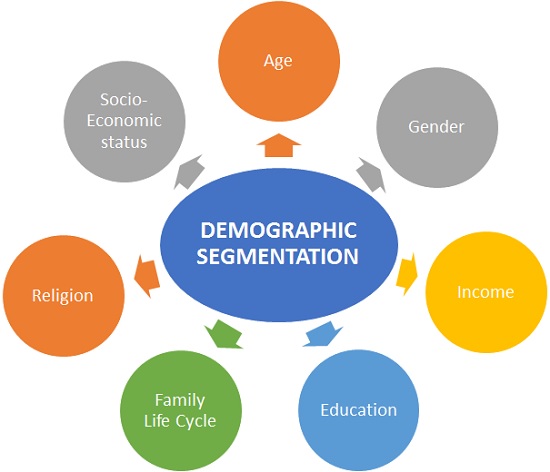
Segmentation is a key marketing strategy that helps businesses tailor their messaging and promotions to specific groups of customers. One effective way to segment your audience is through demographics, which includes characteristics such as age, gender, income level, education level etc.Here are some steps for implementing segmentation via demography:
Step 1: Collect Data The first step in implementing demographic segmentation is to collect data on your users’ demographics. This can be done by asking users to fill out a survey or analyzing user information provided during sign-up process
Step 2: Analyze the Data Once enough data has been collected , analyze it & look for patterns across different demographic segments like age-groups,male vs female ratio,income-levels etc.
Step 3: Define Segments Use insights gained from analysis in Step #2 above and define customer segments based on various demographics factors . For instance :
- Age-based segments like under-18 / 18-24/25-34/35+ years old
- Gender-based segments – male/female/others
- Income-based segements like Low/Medium/High earners
Step 4: Create Targeted Campaigns Based on these defined customer segments above create targeted campaigns with unique messaging tailored towards each group .
For example:
- Marketing towards low-income customers could focus more heavily on affordability and value-for-money.
- Marketing geared toward high-income customers could emphasize luxury features or exclusive benefits.
- Messaging targeting older customers may focus more heavily on health benefits while younger target audience might be interested in trendy workouts .
By creating targeted campaigns we ensure better engagement rates among our audience ultimately leading towards increased retention rates & revenue streams
In conclusion, By using demographic segmentation strategies businesses can identify key characteristics about its users ultimately resulting into creation of highly personalized campaigns ,improved customer satisfaction levels along with increasing overall ROI